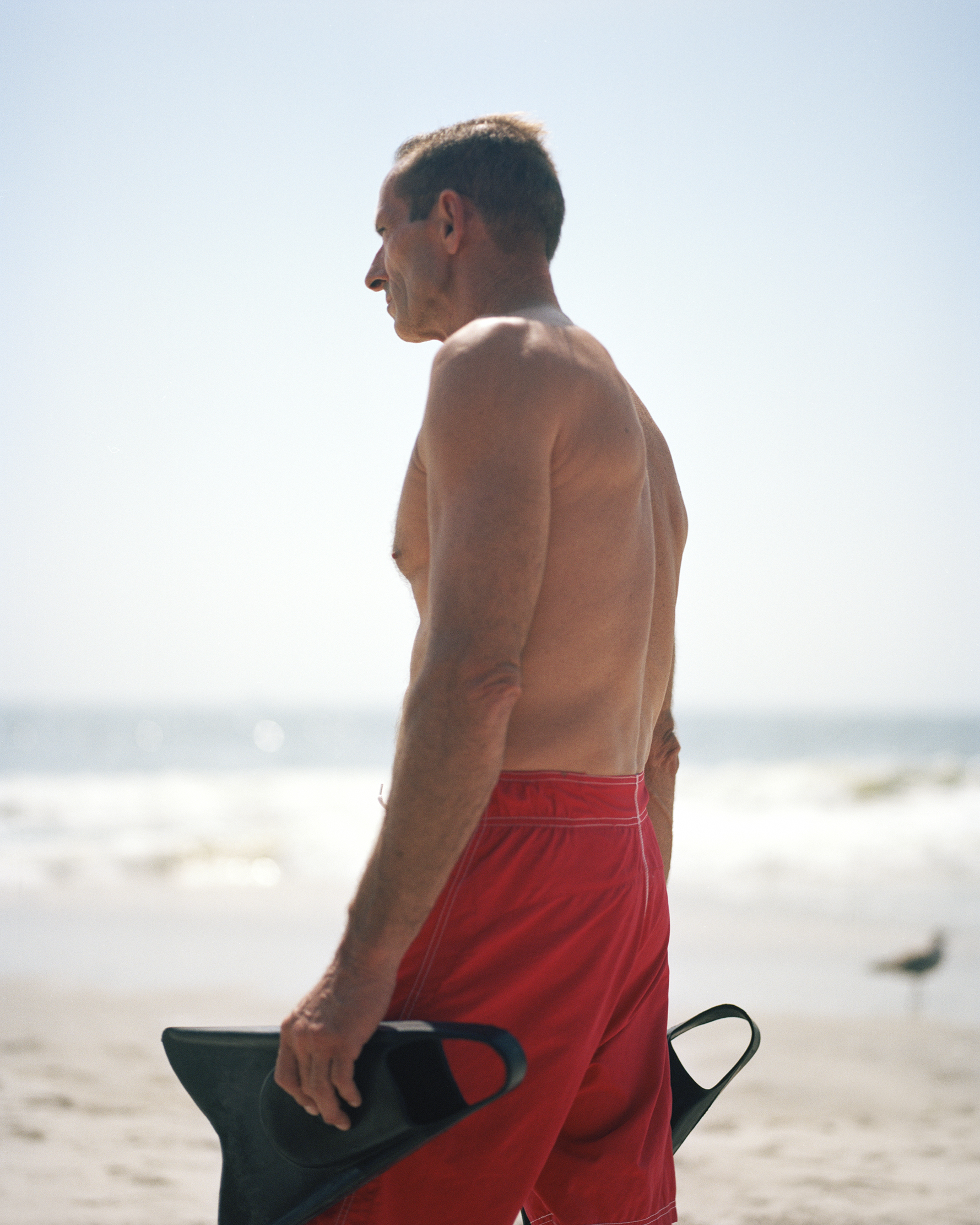There are few jobs more complimentary to life as a young surfer than lifeguarding, as we learned when we interviewed 20-year veteran lifeguard and surfboard shaper, Charles Mencel for our book.
So, as you can imagine, we were seriously stoked to hear from Justin Mulroy, a lifeguard and photographer from New Jersey who has spent several years documenting lifeguarding culture in Sea Girt and Monmouth County. We'll let Justin take it from here!
"Lifeguarding at the Jersey shore had always been a dream job. Growing up a surfer, I couldn’t think of a more perfect way to spend the summer. From eleven to fourteen years old I was a Junior Lifeguard and every surfer I knew was on the patrol."
"At the time I saw lifeguards as people with the best job in the world, but I was clueless about what being a member of Sea Girt Beach Patrol actually entailed. I scraped by my first year on the beach, grinding through the foreboding lifeguard test, a 500-meter swim and a mile and a half run. The swim was tough, but, to my relief, I completed the run rather easily."
"At 16, I was the weakest member of my Rookie class, but seeing the people I was surrounded with quickly changed that. Training for the first time for something other than surfing, I sought to compete in the traditional lifeguard tournaments held across the beaches of Monmouth County, the prize: bragging rights as the most athletic patrol."
"The tournaments consist of running, rowing, swimming, and Paddleboarding with a few unique events thrown in, depending on which town is hosting. Every town ordered and set up their own events in the most advantageous way possible to their individual beach patrol."
"Lifeguards at Sea Girt Beach Patrol are watermen and women that understand the lineup better than most of the surfers out in the summer. We swim around in hurricane surf, laughing. We have great responsibility as first responders not only to people in distress in the water, but to anyone who may need assistance on or near the beach."
"The roster ranges from 16 year-old rookies to 70 year-old veterans, the oldest, known as 'Ace'. Ace leads the beach with his morning announcements and holiday speeches, always concluded with a resounding “Praise Him!” Working for Sea Girt is more than just a summer job: it is looked forward to all winter long, keeping people swimming, running and training... even in the dead of winter."
We'd like to thank Justin for reaching out to share his photos and his story, and for the service he and his fellow lifeguards do for their local communities!
Words by Ed Thompson & Justin Mulroy
Photographs by Justin Mulroy









